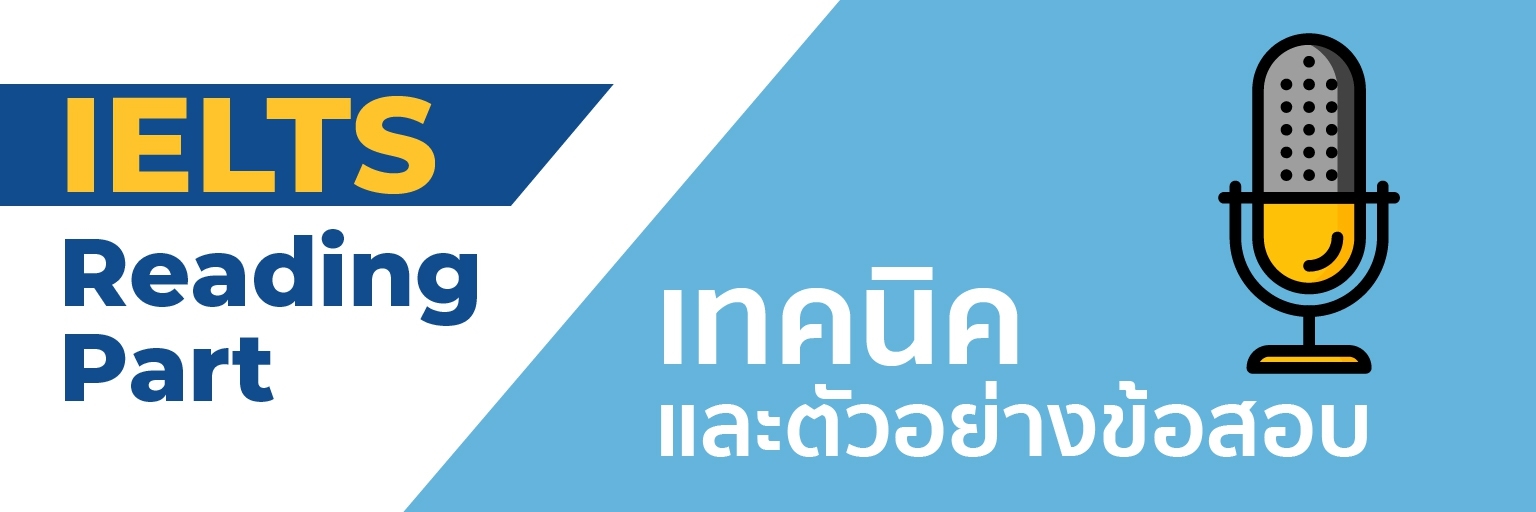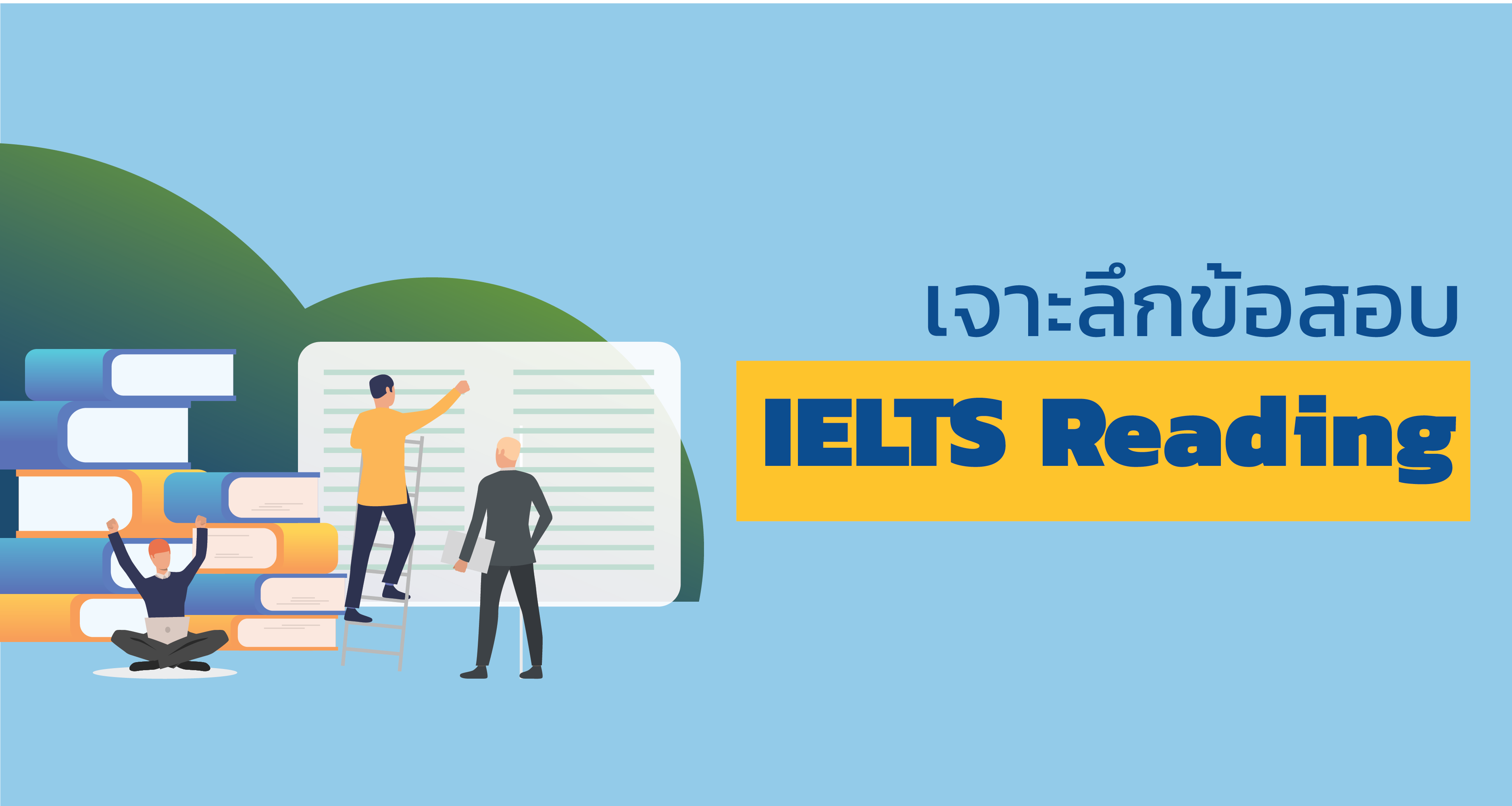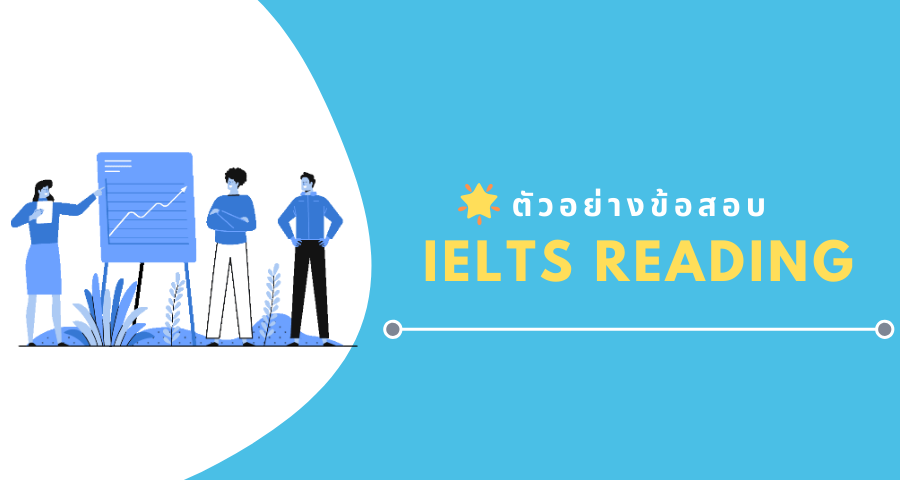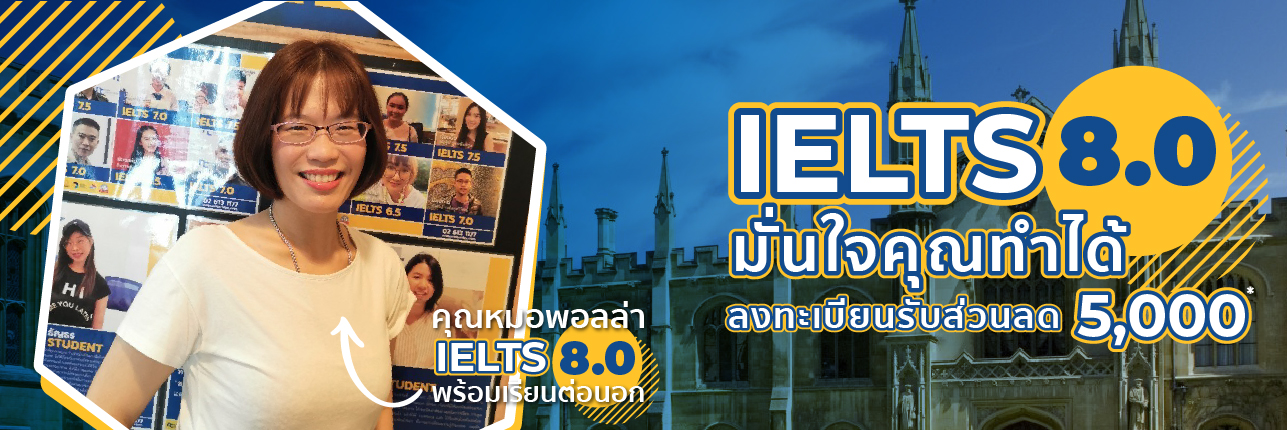The Aral Sea
A. In 1960 the Aral Sea, located in Central Asia, was the fourth largest lake in the world. By 2007, it had been reduced to just ten percent of its original size. The change was tremendous; it has been called ‘one of the world’s worst ecological and human disasters’. The Aral Sea is fed by two rivers, the Amu Darya and the Syr Darya. When these rivers were used to irrigate large areas of desert for growing cotton and rice, the water flowing into the Aral Sea decreased so much that the lake began to shrink.
B. As the volume of water became smaller, from 708 cubic kilometres in the 1960s to just 75 cubic kilometers in 2007, its salinity rose from 14 to about 100 grams per litre. Consequently, the number of fish species living in the lake decreased from 32 to just 6. Similarly, the number of bird species in the region was reduced from 319 to 160, and that of mammal species by more than half, from 70 to just 32.
C. The economy of the region was seriously affected, too. The fishing industry, which caught 40,000 tonnes of fish in 1960, had disappeared by the mid-1980s, with the loss of 60,000 associated jobs. The city of Aralsk, once a major port by the lake, now found itself many kilometers away. The climate also changed: less rain fell, and summers were hotter and shorter; winters, colder and longer.
D. To deal with this ecological disaster, the government of Kazakhstan, one of the countries bordering the Aral Sea, began a program to undo some of the damage. With aid from the World Bank, it had a dam built on the Syr Darya which helped raise the lake’s water level from 40 to 42 metres in only eight months. Its area has increased by almost 20 percent and its salinity has dropped significantly. With this decrease, fish have started to breed again and the fishing industry has revived. As the lake expands, its shoreline is steadily approaching the city of Aralsk. Who knows? In the future, Aralsk might again be the port it once was.
Questions 1 – 3
Choose the correct letter, A, B, C or D
- What do we know about the Aral Sea in the 1960?
- It was located in Central Asia.
- It was one of the world’s largest lakes.
- It was fed by two rivers.
- All of the above
2. Why did the Aral Sea start to get smaller?
-
- The rivers Amu Darya and Syr Darya became dry.
- The salinity of the lake increased.
- Much of the water from the two feeder rivers was used for farming.
- None of the above
3. Which of these is NOT a result of the Aral Sea becoming smaller and more saline?
-
- The number of animals was greatly reduced.
- A large number of people lost their jobs.
- The town of Aralsk became a major port.
- There was a change in the climate.
Questions 4 – 8
Fill in the gaps below with the correct numbers







